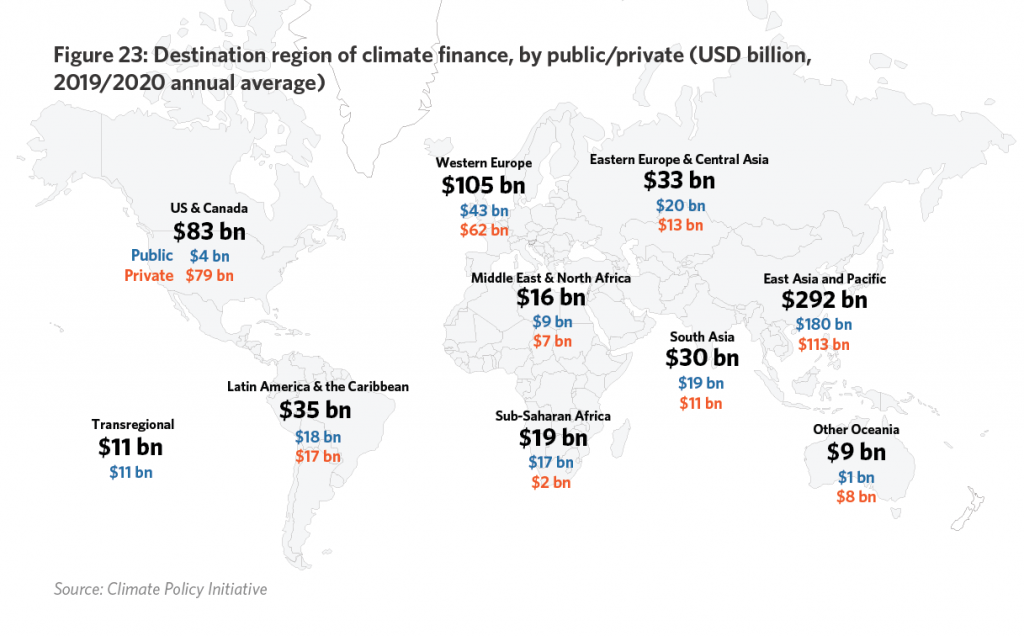
In recent years, financial stability has been one of the hottest topics in financial sector gatherings. When we speak about financial stability, the risks associated with climate change and climate finance figure prominently as there is an urgent need to prepare for them.
Both national and international policymakers have been discussing these risks for decades, and much has been said under the United Nations, OECD, and the G20. However, have we properly identified these risks, and are we taking concrete steps to mitigate them? It seems clear that we are falling short on these counts.
There are two major types of climate-related risks: physical risk and transition risk. These risks have significant implications for the financial world. Take, for example, the standard jargon in the banking industry: credit risk. How do financial institutions handle situations where extreme weather events like floods and droughts are occurring with increasing frequency? Hurricanes and total city destruction have become more commonplace, leaving bankers grappling with the question of where to lend their money.
READ I Indian economy to remain a bright spot amid global downturn
Lending to polluting industries
One of the central dilemmas for financial institutions is determining which industries to lend to. Often, highly polluting industries offer substantial returns on investment, making them attractive options for lenders. However, the financial sector’s fundamental principle is that the money does not belong to them; it is the savings of depositors. Therefore, lending decisions must consider not only profitability but also environmental responsibility and social impact.

Market risk compounds the challenges. Changes in environmental standards and preferences for green buildings can rapidly erode the value of existing real estate assets. The financial sector must grapple with this uncertainty and respond proactively. Operational risks have become increasingly apparent as flash floods and natural disasters disrupt businesses and close banks. In such situations, financial institutions must find ways to continue serving their customers while ensuring the safety of their operations.
Role of climate finance
Addressing these challenges requires innovative approaches such as green financing. Transitioning to a more sustainable economy could cost as much as five to six percent of GDP, a significant investment. Various instruments, including green bonds, have emerged to fund this transition, but one often-overlooked player in this effort is insurance.
Insurance can play a more substantial role in climate finance than is currently anticipated. It has the potential to mitigate the risks the financial sector faces due to climate change. As policies evolve, insurance providers can offer solutions that protect against climate-related losses, encouraging responsible business practices.
The responsibility for addressing climate-related financial risks does not rest solely on regulators, central banks, or governments. It is a collective effort that requires the active participation of individuals, industries, and institutions. Everyone must work together to make a meaningful impact.
Challenges and opportunities in climate finance
Transitioning to renewable energy sources, such as solar and wind, is a critical step in mitigating climate change. However, we must be realistic about the challenges involved, including the intermittent nature of these energy sources. Fossil fuels will likely continue to play a role for some time, highlighting the need for a well-planned and gradual transition.
Trade agreements can also contribute to climate responsibility. Countries could consider trade agreements that prioritise environmentally responsible practices, even at the cost of cheaper imports. Such agreements would incentivise companies to adopt sustainable practices.
Monetary policy and regulation can influence financial institutions to direct their resources toward climate-responsible investments. However, financial institutions need a sufficient number of opportunities for such investments to make sense. Policymakers must create an environment where climate responsibility is encouraged and rewarded.
Central banks and regulatory bodies are taking steps to address climate risks. They are seeking data, encouraging disclosures, and conducting stress tests to assess the resilience of financial institutions to climate-related shocks. Education is also essential, as both banks and customers need to understand the potential risks and opportunities associated with climate finance.
Corporate social responsibility funding can also contribute to the transition to a more sustainable economy. These funds should consider how they can support initiatives that promote climate responsibility.
The financial sector faces unprecedented challenges related to climate change and climate finance. The risks are real and urgent, and the financial community must take decisive action. Collaboration among governments, industries, and individuals is essential, and innovative approaches like green financing and insurance can play a pivotal role in mitigating these risks. It is time for the financial sector to embrace its role in addressing climate change and ensuring a sustainable future for all.
Dr Charan Sigh is a Delhi-based economist. He is the chief executive of EGROW Foundation, a Noida-based think tank, and former Non Executive Chairman of Punjab & Sind Bank. He has served as RBI Chair professor at the Indian Institute of Management, Bangalore.


